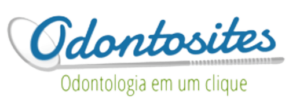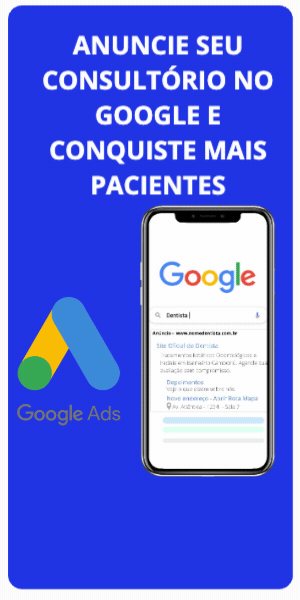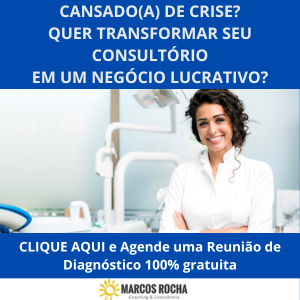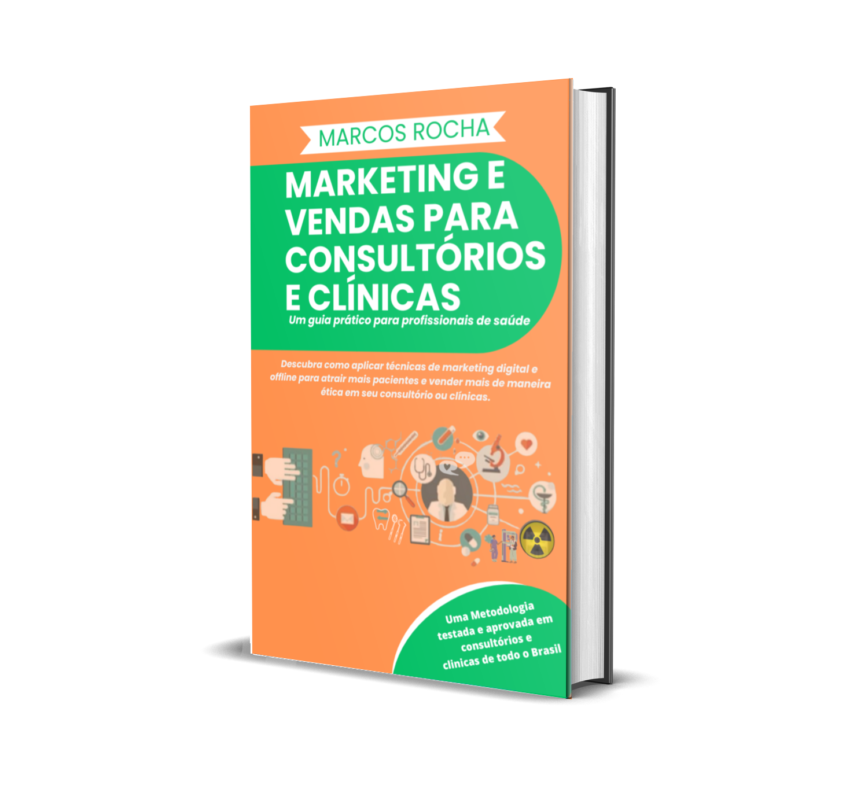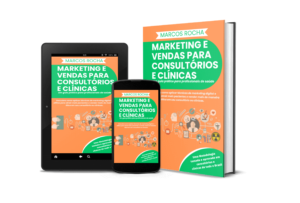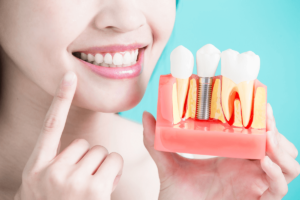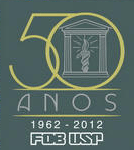 No dia 3 de julho de 2012, a Faculdade de Odontologia de Bauru (FOB-USP) promove três palestras internacionais com professores da Clínica para Odontologia Preventiva, Periodontia e Cariologia da Universidade de Zurich, na Suíça. As palestras serão ministradas pelos professores Wolfgang Buchalla, Annette Wiegand e Philipp Sahrmann.
No dia 3 de julho de 2012, a Faculdade de Odontologia de Bauru (FOB-USP) promove três palestras internacionais com professores da Clínica para Odontologia Preventiva, Periodontia e Cariologia da Universidade de Zurich, na Suíça. As palestras serão ministradas pelos professores Wolfgang Buchalla, Annette Wiegand e Philipp Sahrmann.
Os temas das palestras serão:
-
-
- Remoção de cárie em dentina: desenvolvimento e validação do método por fluorescência, com Wolfgang Buchalla;
Tema: Digging out the bugs: Development and validation of Fluorescence Assisted Caries Excavation
 Resumo: Caries excavation is a central problem in restorative dentistry. There is an ongoing controversy about the amount of “carious dentin” (what ever this means) that needs or does not need to be removed prior the placement of a restoration. Despite this controversy, it is generally agreed that bacteria in dentin need to be dealt in order to preserve pulp vitality and to achieve restoration longevity. However, to date dentin hardness is used clinically as a surrogate for bacterial infection and, even worse, it is recorded in a highly subjective manner using a dental explorer. The unique fluorescence properties of bacterially infected dentine may provide a solution to the problem of discrimination of bacterially infected to non-infected dentin not only in the laboratory, but also particularly in practiced dentistry.
Resumo: Caries excavation is a central problem in restorative dentistry. There is an ongoing controversy about the amount of “carious dentin” (what ever this means) that needs or does not need to be removed prior the placement of a restoration. Despite this controversy, it is generally agreed that bacteria in dentin need to be dealt in order to preserve pulp vitality and to achieve restoration longevity. However, to date dentin hardness is used clinically as a surrogate for bacterial infection and, even worse, it is recorded in a highly subjective manner using a dental explorer. The unique fluorescence properties of bacterially infected dentine may provide a solution to the problem of discrimination of bacterially infected to non-infected dentin not only in the laboratory, but also particularly in practiced dentistry.It is the intention of this talk to provide insight into the fluorescence properties of sound and infected dental hard tissue and to introduce the method of FACE (fluorescence assisted caries excavation). Also, several steps of validation of this method will be presented. FACE will provide the practicing dentist with visual information on the special distribution of bacteria in dentin. At the end it is up to the dentist to decide what to do with this information: remove or retain the bugs!
- Restaurações com defeitos: Quando e como reparar?, Annette Wiegand;
Tema: Defective dental restorations: When and how to repair?
 Resumo: Failing dental restorations are a common clinical situation in the dental practice. While some deterioration of restorations might be acceptable, defects require partial or total replacement of the restoration. The repair rather than replacement is increasingly considered to be a viable alternative for the treatment of defective restorations, not least as this comperatively more conservative approach preserves tooth structure and has the potential to be less costly and time consuming.
Resumo: Failing dental restorations are a common clinical situation in the dental practice. While some deterioration of restorations might be acceptable, defects require partial or total replacement of the restoration. The repair rather than replacement is increasingly considered to be a viable alternative for the treatment of defective restorations, not least as this comperatively more conservative approach preserves tooth structure and has the potential to be less costly and time consuming.The lecture summarizes possibilities for the management of defective restorations and indications for their repair. Different techniques and materials for repairing defective direct (composite, amalgam) and indirect (ceramic, metal) restorations are presented, and the clinical success of repaired restorations is discussed.
- Terapia periodontal relacionada à causa da doença: Sucesso sem bisturi?, com Philipp Sarhmann.
Tema: Cause-related periodontal therapy – success without scalpel?
 Within the systematics of periodontal therapy the first treatment step is often called „initial“ or „pre-surgical“ phase in the textbooks. Accordingly, it might be considered a preparative treatment for periodontal surgery. However, that is far from true and this idea disregards the impact of the non-surgical step as the effective cause-related therapy. Since the primary etiologic reason for periodontitis is – undoubtedly – bacterial plaque, the suitable therapy must be to get rid off harmful bacteria. Admittedly, the plaque formation has happened long time before surgery comes into play.
Within the systematics of periodontal therapy the first treatment step is often called „initial“ or „pre-surgical“ phase in the textbooks. Accordingly, it might be considered a preparative treatment for periodontal surgery. However, that is far from true and this idea disregards the impact of the non-surgical step as the effective cause-related therapy. Since the primary etiologic reason for periodontitis is – undoubtedly – bacterial plaque, the suitable therapy must be to get rid off harmful bacteria. Admittedly, the plaque formation has happened long time before surgery comes into play.Observing the attainable results of an accurately and meticulously conducted non-surgical treatment, it gets obvious that the hardest work can yet be done before the dentist draws the scalpel. Thus, the surgical step might better be considered as a „corrective“ phase for those sites that require regenerative therapy.
However, how are really satisfying results attainable without surgery, and is there something else that we might use apart from really sharp curettes and fancy ultrasonic devices? Furthermore, what can be called a success within this treatment step – and which problems are not resolvable without the blades? The aim of this lecture is to discuss some approaches that might improve cause-related periodontal therapy as the crucial step for long-term results.
A realização é do Departamento de Ciências Biológicas da FOB-USP, sob a coordenação da professora Ana Carolina Magalhães, da Disciplina de Bioquímica. Mais informações podem ser obtidas pelo e-mail acm@usp.br ou pelo telefone 14 3235-8282, com a secretária Dalva. Haverá certificado aos participantes.
Fonte: Site FOB- USP
Assine nosso Boletim Últimas da Odontologia e receba em seu e-mail tudo que rola na Odontologia no Brasil e no mundo. Clique aqui e assine grátis
-
-
